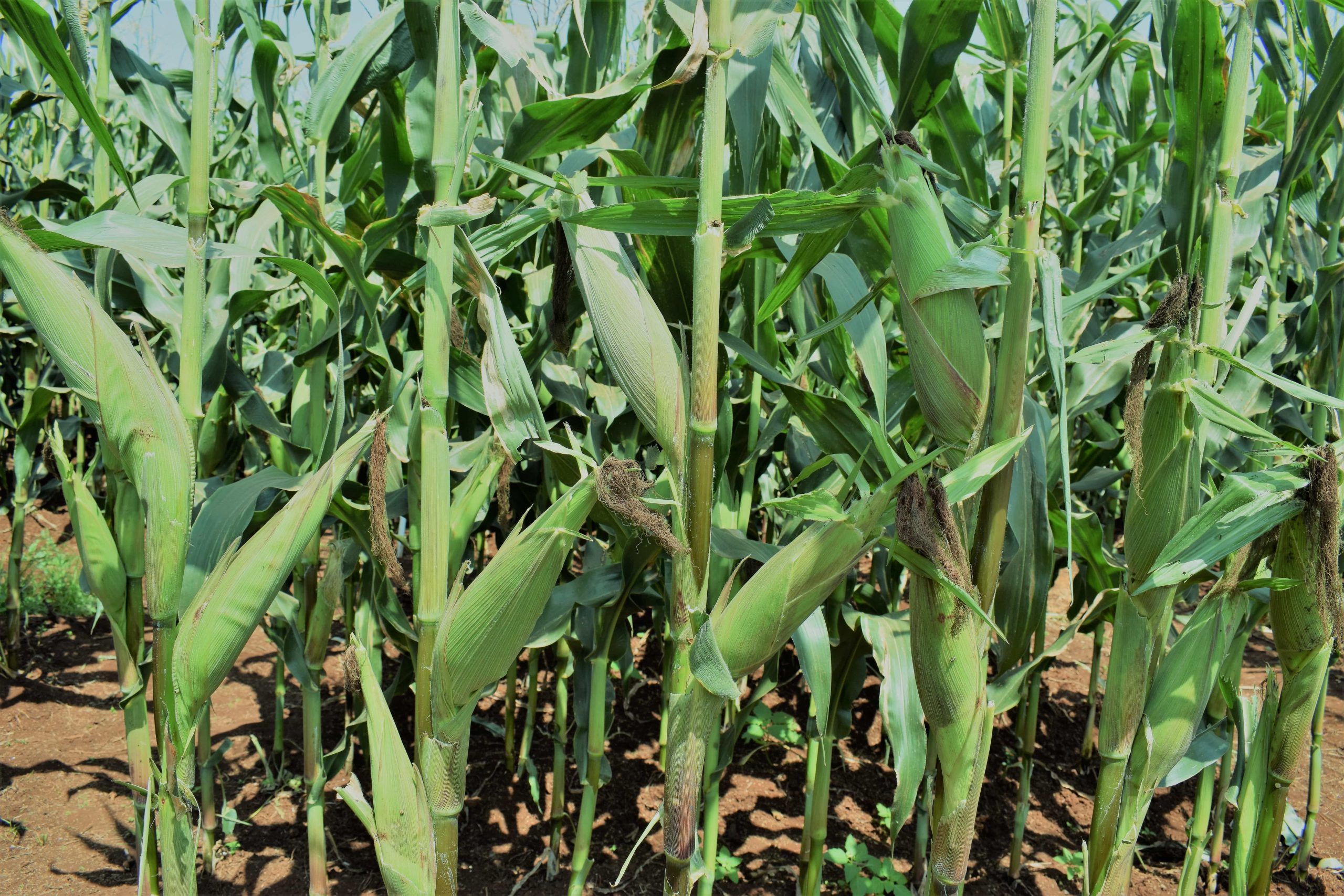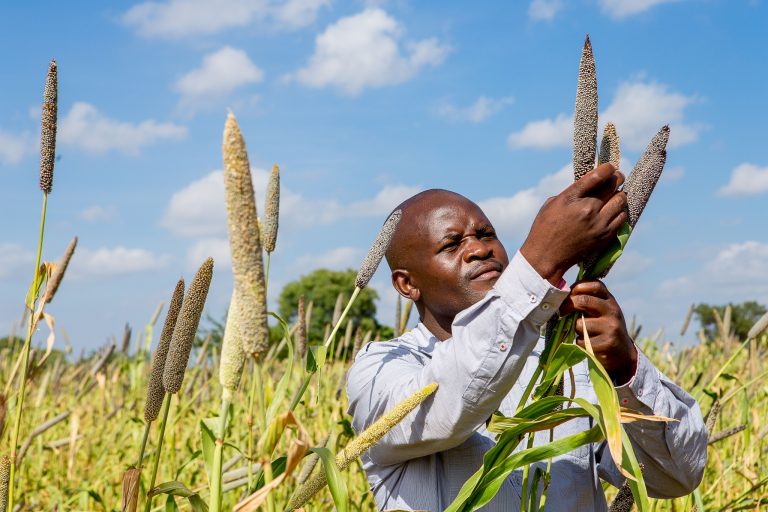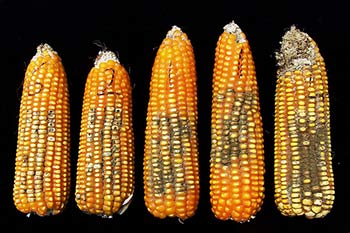By David Ndegwa
Maize farming can be a profitable venture if target yields above 40 bags per acre were to be realized. However, yields are normally lower than what is desired and in most cases below the break-even point.
Why do we experience low yields in maize? I have looked at various factors and my conclusion drives me to nitrogen deficiency as the most limiting factor to yields. The reason is that we have always been taught that maize doesn’t require as much Nitrogen as Phosphorous. On further research, I found this argument as untrue as I demonstrate below.
A production of 9 tonnes of maize or 40 bags per acre removes from the soil 180kgs of N, 82kgs of P and 220kgs of K in a ha. Or simply put, 72kgs N, 32kgs P, and 88kgs K in an acre.
While Phosphorous is deficient in many soils within Kenya, its requirements are not huge and can be met by applying 70kgs of DAP assuming the soil had zero which is not possible. Assuming 70kg is used, the amount of N in 70kg of DAP at 18% = 12.6kgs.
The total N to be removed by 40 bags = 72kg.
Balance required after DAP application of 70kgs = 72-12.6= 59.4kgs. Assuming the soil has zero N, if we get N from C.A.N fertilizer which has 26%, the total kgs of fertilizer needed would be 228kgs or 4.5 bags!
Nitrogen in the soil is very unstable due to leaching and loss to the atmosphere and it’s rarely shown in soil analysis results because the values keep on changing. It is the main component in the green colour in plants and therefore you can appreciate its importance.
In our maize fertilizer recommendations, I have never heard any recommendation of anything more than 50 kgs of C.A.N as a top dress. Above this is never applied because it is not “recommended”. However, 50 kgs C.A.N provides only 13 kgs of N which leaves a huge deficit hence low yield.
Yields ie grain (40 bags) + the maize stalks remove the above-shown amount. We can therefore deduce that, if what is in the soil plus supplements doesn’t add up to what is removed, yields will be compromised.
It is important to understand that yields are made from a combination of plant nutrients plus other environmental factors which are not under our control and it’s therefore prudent that we apply what is under our control to the optimum. It’s also very important for farmers to note that fertilizer is not just anything in a 50 kgs bag and they must pay attention to the Nutrient composition which is always expressed in a percentage form.
Another point to note is that Manure is not a direct substitute for Fertilizer, especially in equal measures.
There are 3 main components that manure has that can’t be found in inorganic fertilizers and these are
- Ability to enhance water retention by changing the soil structure.
- Ability to enhance soil aeration
- Enhancement of soil microbial activities.

As far as these are concerned, manure is a winner. However, inorganic fertilizers are rich or are more concentrated in plant Nutrients than manure and therefore are the best and more cost-effective in meeting Nutrient requirements.
The basic Nutrients required by plants in large quantities are NPK and are usually in very low concentration in manure at 3% and below.
Here is an example.
Manure has an average of 2% P compared to DAP which has 46% P2O5 in 100 kgs. If one was to substitute 1 bag of DAP with manure, you need 23 times the quantity of manure = 2300 kgs.
As we all know, manure is bulky and 2300 kgs of manure would be more expensive than 1 bag of DAP even at the current price of Ksh 6500 per bag!
During these times when the cost of fertilizer is on the roof, the most appropriate decision to make if the money in the pocket is not enough to purchase the required fertilizer is to reduce the area under Production instead of reducing the fertilizer.
In production, fertilizer is the only input that does not increase the cost of production per unit when applied at optimum. Why? Because any additional fertilizer results in additional output if one is operating below the point of optimum which is always the norm in Kenya .








